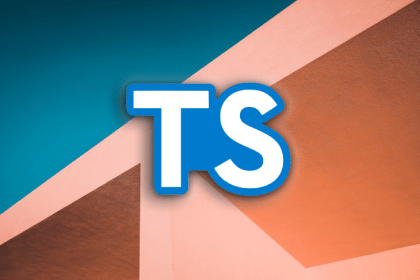
Duplex streams are a fundamental category of streams in Node.js. Learn how to create and implement them into a Node.js app.

Learn how to use Observables in the RxJS a framework for reactive programming, making it easy to write asynchronous code.

GitHub Copilot is the newest tool to autocomplete code with the help of OpenAI. Learn how to build an app using only Copilot code.

Improve the readability of your TypeScript code with an improved approach to error handling that uses exhaustive type checking to implement type safety.

Run Next.js natively using Stackblitz WebContainers, which makes it easy to create, share, and deploy fullstack applications without needing your local development environment.

An overview of the best new component libraries for Vue 3, with guidance on which types of web or mobile apps they work best with.

Learn how to detect and censor profanity with an API built with GraphQL and Python to keep your apps appropriate and safe.

Take a step back from the controversy surrounding cookie notices and review these best UI/UX practices for implementing them on your website.

In this analysis, we take an in-depth look at whether the popular performance optimization tool SVGO is really worth the hype.

Increase the speed of loading your webpage without sacrificing dynamic elements by using AMP components in your Next.js project.

To show how Gatsby and Tailwind CSS work together, this tutorial walks you through the process of building a simple health and fitness blog.

Learn how to handle user authentication in Vue.js apps with Supabase, an open source alternative to Firebase in this step-by-step tutorial.